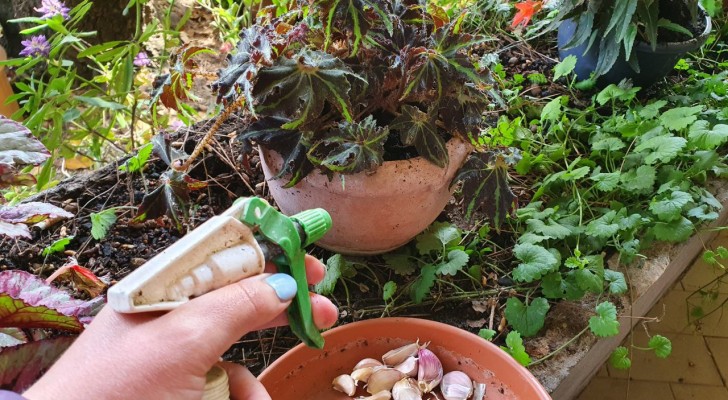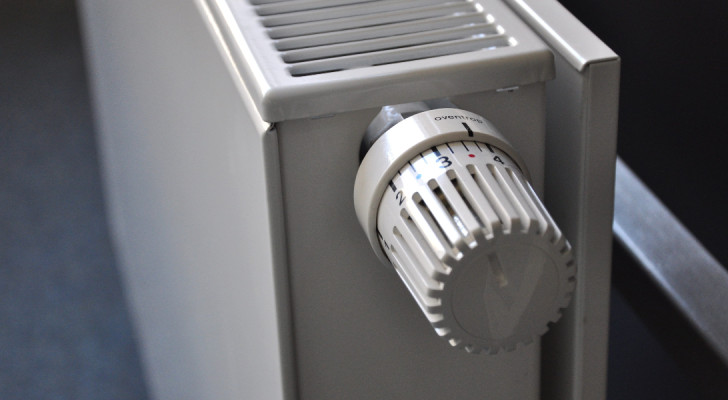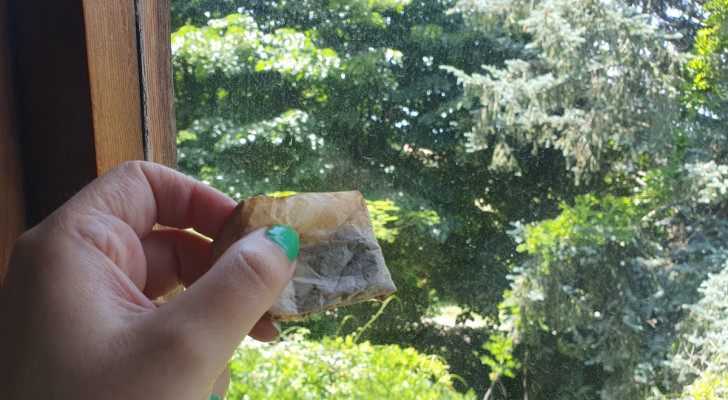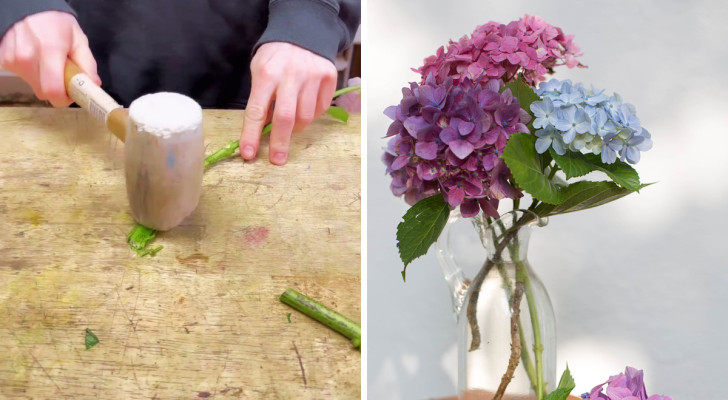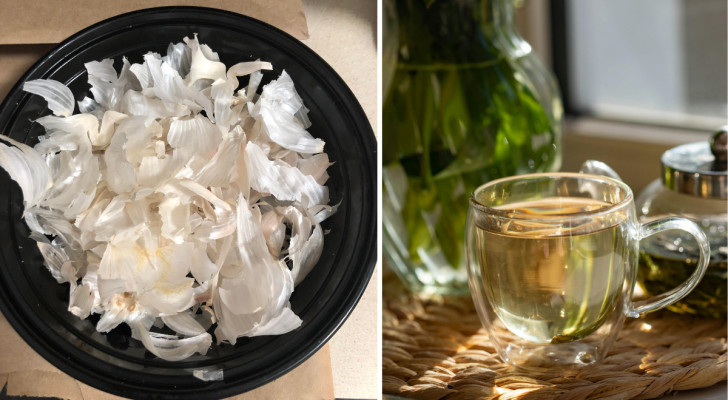Luxuriant plants with just one glass of a 100% natural remedy
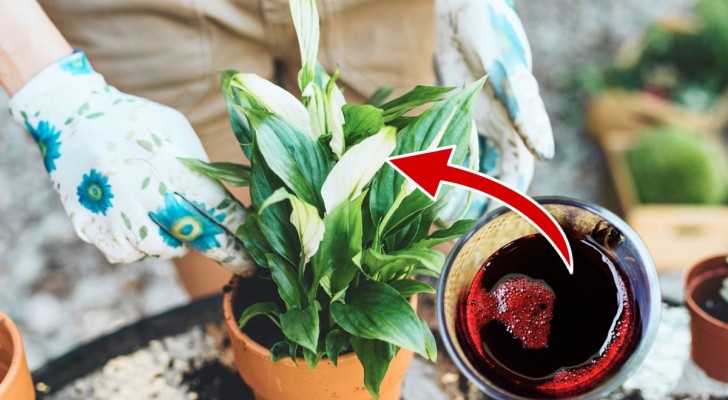
If we have already taken the obvious steps, what else can we do to ensure our plants thrive? The immediate answer to use fertilizers. And fertilizers are readily available online and at nurseries. Obviously, we need to use commercially available fertilizers with care, abiding by the usage instructions. But you can be a little more "free-handed" when using totally natural fertilizers.
There are quite a few fertilizers and plant stimulants that we can make at home from garden or kitchen scraps/waste, and there's one that is very popular. Read on to find out more:
Prepare a natural fertilizer at home
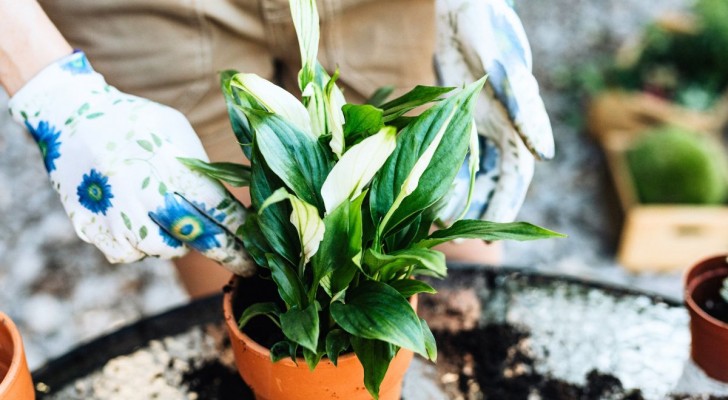
You have probably read about many kitchen ingredients which protect out plants from parasites and fungi and help keep them healthy. This is the case, for example, with garlic or garlic oil. Then, there are food scraps such as banana peels, eggshells and coffee or tea grounds that can be added to the composter and are also beneficial for plants.
Garden cuttings can also be used: some weeds and nettles - like comfrey - can be used to make a completely natural fertilizer which is super-effective. Just put these weeds into buckets of water to steep. You need 1kg of comfrey for every 10 liters of water, and 1 kg of nettles for every 15 liters of water. Allow to steep and ferment for a month, and once you have filtered the liquid, dilute it with ordinary water and water your plants with it.
Healthy plants with spectacular flowers: the beetroot tip
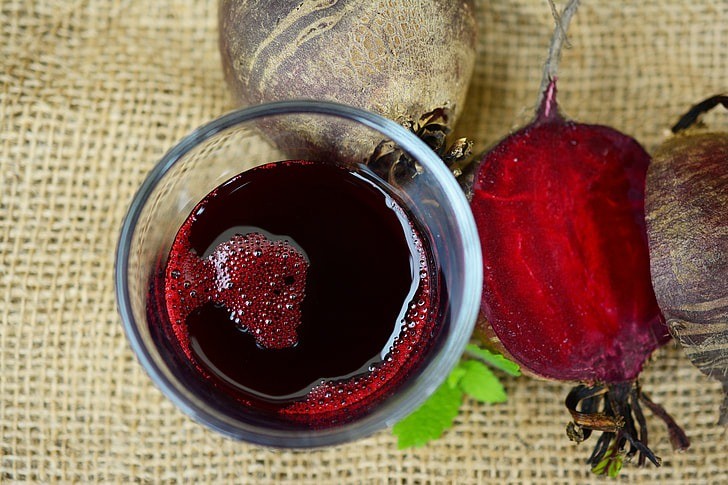
A very popular tip for green thumbs is one based on beetroot: this tuber is widespread throughout the Mediterranean and is rich in beneficial substances. It has folic acid which helps plant cells to grow and function; it also has nitrates, vitamins and minerals which are good for our plants (and our bodies!).
Usually, the juice of a beetroot is extracted without using juice extractors: cut up a fresh bootroom into squares, then transfer all the pieces to a good mixer and chop up as finely as possible. Then equip yourself with a strainer and tightly-mesh gauze; line the strainer with the gauze and pour the chopped puree over it, collecting the juice in a container placed underneath. Squeeze the pulp as much as you can to extract all the juice possible. The pulp can be useful in the kitchen, while the juice is a concentrate of vitamins and nutrients that we can use for plants (or even consume ourselves).
When giving the beetroot juice to plants, it is best to dilute it: one part of juice and three parts of water, to be administered early in the morning or in the evening, when the soil is not hot (otherwise there is the risk of "burning" the plants).
Although there are no scientific studies to support this technique, but those who use beetroot juice on their plants swear by it: have you ever tried this?
